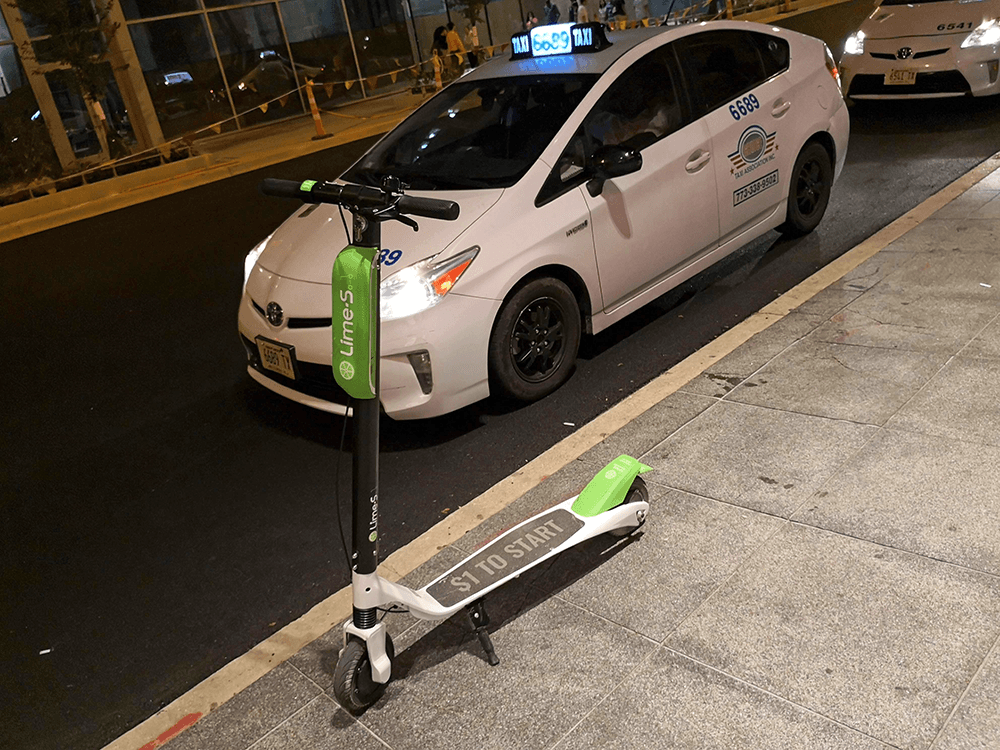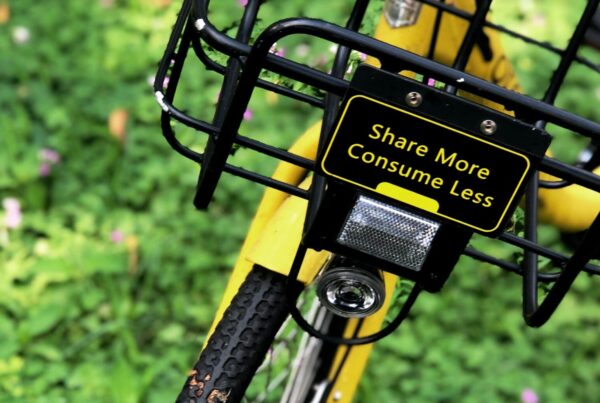The first Mobility Hub of 2018 told us, “How Bikesharing Conquered the World.” At the year’s end, the scooter is the two-wheeled upstart that’s taken cities by storm. The conversation at the 2018 National Shared Mobility Summit included a range of discussions on how TNCs like Uber and Lyft could be partners in the mobility landscape and complement other mobility modes. With Uber’s acquisition of Jump Bikes while adding Lime’s scooters to its app and Lyft’s takeover of bikeshare behemoth Motivate in 2018 plus the launch of scooter sharing, these events turned multimodal travel into a business proposition, joining other developments ranging from micromobility to boundary-defying public-private partnerships that will inform our headlines tomorrow.
Without further ado, here’s our Top Five.
Rise of dockless scooters
Space-saving, efficient and well, fun, this year saw scooters from Bird, Spin, Skip, Scoot, Razor, Jump, Lime, and Lyft whiz down streets in hundreds of cities nationwide.
Consolidation of mobility services with many new apps making more modes discoverable
From DART to TriMet to Vermont, transit agencies have been connecting with more modes and Transit App, Google, and others continue to aggregate services.
Rethinking Public Transit
This year saw improved routes and increased frequency from transit agencies in an effort to increase ridership and make service more efficient for everybody.
Interest in Microtransit interest grows, once again
The idea of Demand Responsive Transit using shuttles or buses isn’t new, but fresh policies and pilots are in hopes of making the service a flexible transportation option.
Carsharing is back in growth mode
To some, it never went anywhere. Launching in Zurich in 1948 and in the US in the late 1990’s, the last few years have seen challenges with companies pulling out of long-time markets and facing large losses. In 2018, we saw new entrants with ambitious plans, new business models and a surge in interest in electrification.




